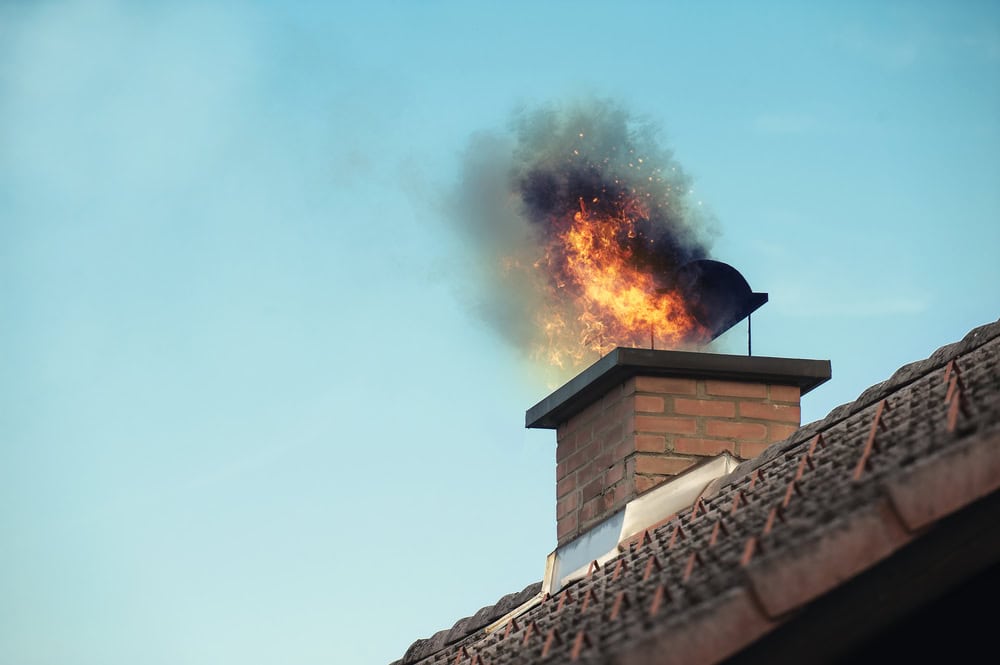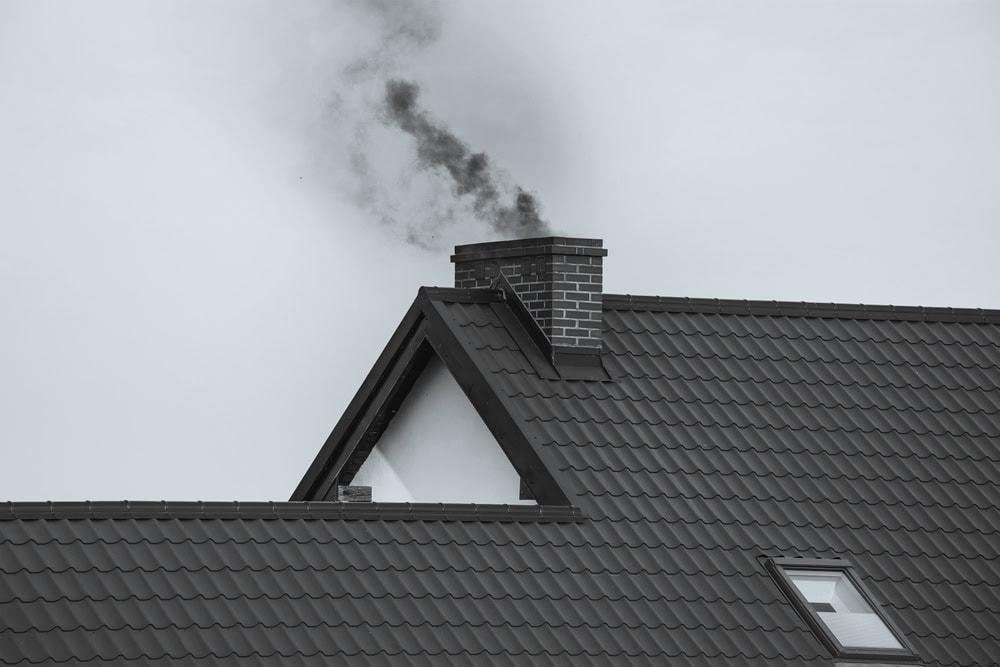Learn proven strategies to prevent chimney fires through proper maintenance, cleaning, and inspection techniques for your Norfolk and Plymouth County home.
Share:

Regular chimney maintenance prevents the three primary causes of house fires: creosote ignition, structural failures, and airflow obstructions. In Norfolk and Plymouth County, MA, where winter heating seasons extend from October through April, your chimney system works overtime to vent combustion gases safely outside. During this extended use period, flammable creosote deposits accumulate at rates of 1/8 inch per cord of wood burned. This tarlike substance ignites at temperatures as low as 451°F, creating flames that reach 2000°F and spread rapidly through compromised chimney structures. Professional chimney inspection services identify these hazards before they become dangerous, examining liner integrity, crown condition, and cap functionality. Chimney cleaning removes the fuel source that feeds potential fires, while chimney repair addresses structural weaknesses that allow flames to escape containment. Above and Beyond Chimney has prevented countless fires across Massachusetts by maintaining proper cleaning schedules and identifying problems during routine inspections.

Professional chimney inspections use specialized equipment to detect fire hazards invisible to homeowners, including thermal imaging cameras that reveal heat loss patterns and fiber optic scopes that examine liner conditions. Certified technicians examine 23 specific components during Level 2 inspections, identifying cracked chimney crowns, damaged flashing, and deteriorating mortar joints that create pathways for fire spread. In Norfolk and Plymouth County homes built before 1980, unlined chimneys pose particular risks because combustion heat directly contacts masonry materials. These inspections reveal when your system needs immediate attention versus routine maintenance, helping you prioritize safety investments effectively.
Professional chimney sweep services remove dangerous creosote using rotary cleaning systems that scrape hardened deposits from flue walls, reaching areas impossible to clean with standard brushes. These specialized tools operate at controlled speeds to avoid damaging clay tiles or stainless steel liners while removing up to 95% of accumulated deposits. Beyond fireplace flues, dryer vent cleaning removes lint buildup that ignites even more easily than creosote, preventing secondary fire sources in your home. Professional cleaning also includes damper inspection and smoke chamber treatment, addressing all components where combustible materials accumulate during normal operation.
Chimney relining creates a continuous barrier between combustion gases and your home’s structure, preventing fire spread through deteriorated masonry. Modern stainless steel liners withstand temperatures up to 2100°F without cracking, while traditional clay tiles fail at 1800°F and create gaps where flames escape containment. In Norfolk and Plymouth County, MA, freeze-thaw cycles accelerate liner deterioration, making relining particularly important for homes over 20 years old. Professional installation includes proper insulation around liner systems, creating additional thermal barriers that prevent heat transfer to combustible building materials. Chimney repair addresses structural issues like loose bricks, crumbling mortar, and damaged crowns that compromise your system’s ability to contain fires safely. Above and Beyond Chimney uses high-temperature mortars and reinforcement techniques specifically designed for Massachusetts climate conditions, creating repairs that withstand repeated heating and cooling cycles.

Quality chimney caps feature spark arrestor screens with 5/8-inch mesh openings that prevent ember escape while blocking debris entry that creates fire hazards. Stainless steel construction resists corrosion from acidic condensation, maintaining protective barriers for decades. Properly fitted caps include drip edges that direct water away from chimney crowns, preventing freeze damage that creates entry points for combustible materials. Regular cap maintenance involves checking screen integrity and clearing accumulated leaves or animal nests that restrict airflow and create backdraft conditions.
Chimney rebuilds become necessary when structural damage compromises fire containment, particularly in older Norfolk and Plymouth County homes where original construction lacks modern safety features. Professional rebuilding incorporates current fire codes, including proper clearances from combustible materials and improved foundation designs that prevent settling damage. Masonry repairs using refractory materials withstand higher temperatures than standard building materials, creating stronger barriers against fire spread. Modern rebuilding techniques include installing multiple liner systems and improving insulation around chimney structures to prevent heat transfer to surrounding building components.
Preventing chimney fires requires consistent professional maintenance that addresses both visible problems and hidden dangers threatening your home’s safety. Regular cleaning removes dangerous creosote deposits, while thorough inspections identify structural issues before they become fire pathways. Professional repairs and relining create barriers that contain combustion safely, protecting your family and home investment. Contact Above and Beyond Chimney today to schedule your chimney services and establish a maintenance plan that keeps your Norfolk and Plymouth County home protected throughout every heating season.
Article details:
Share: